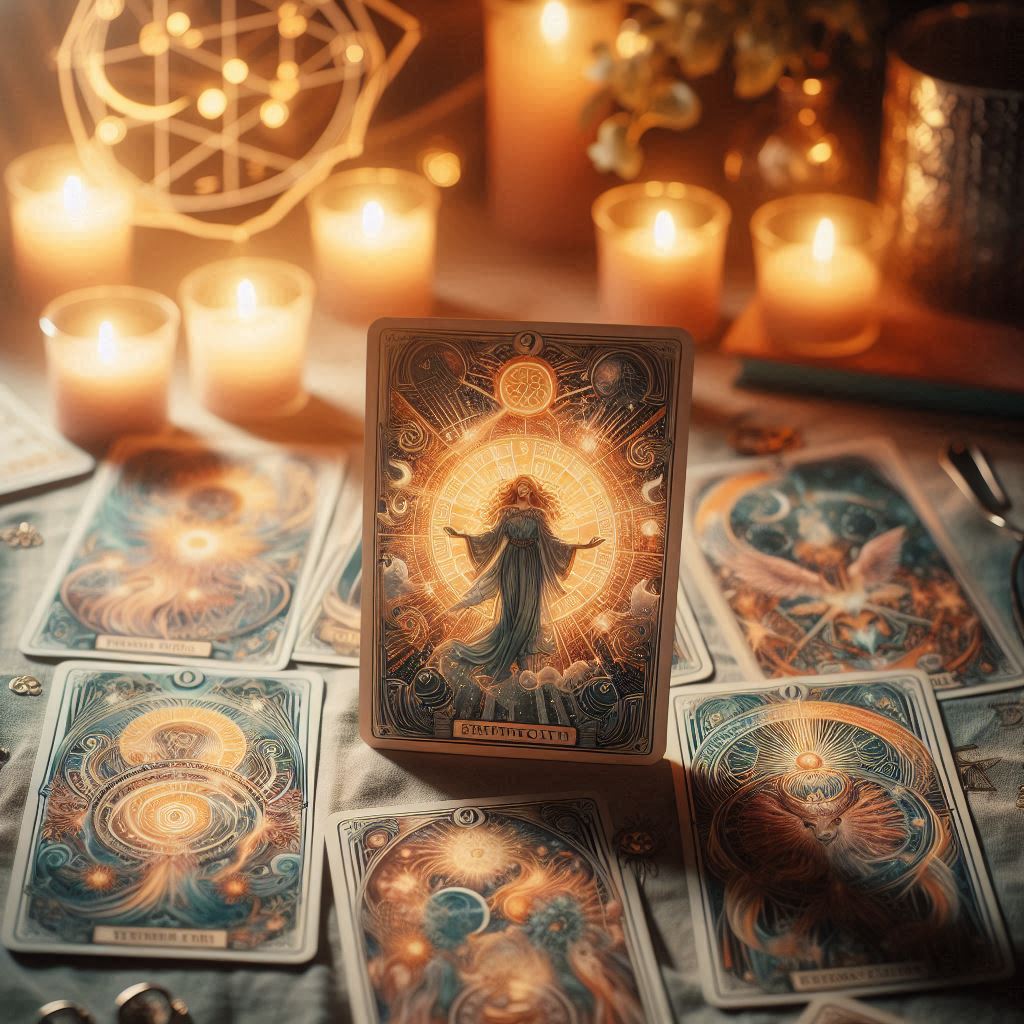The Tarot, a deck of cards adorned with rich symbolism and intriguing imagery, has captured the imagination of people for centuries. Often shrouded in mystery and misconceptions, the Tarot holds a deep history that spans across cultures and time periods. Let's embark on a journey to uncover the origins of Tarot cards, their evolution, and address some common questions about their practice.
The Genesis of the Tarot: A European Tale
The exact origin of the Tarot remains a topic of debate among historians, however, the most widely accepted theory points to 15th-century Europe, specifically Italy. Around 1440, decks of cards similar to the modern Tarot started appearing. These early cards, known as tarocchi, were primarily used for playing games rather than for divination. These cards were beautiful works of art, hand-painted and expensive, thus they were a privilege for noble families.
By the 16th century, the Tarot had spread to France, where it became known as tarot. It retained its primary function as a playing card deck. It was in the late 18th century that the association of Tarot cards with the occult and divination began to solidify, largely due to the works of Antoine Court de Gébelin, a Swiss clergyman and Freemason. He falsely claimed that the Tarot was derived from ancient Egyptian wisdom and was connected to the Book of Thoth. Despite the dubious nature of his claims, Gébelin’s theories fueled the growing interest in Tarot as a tool for spiritual insight.
The Evolution of Tarot: From Game to Spiritual Tool
As the 19th century dawned, the Tarot attracted the attention of prominent figures in occultism such as Eliphas Lévi and Papus, who introduced hermetic and Kabbalistic concepts into Tarot symbolism. These interpretations transformed the Tarot from mere playing cards into a rich system of esoteric knowledge and spiritual symbolism. The late 19th and early 20th centuries saw the creation of some of the most iconic Tarot decks such as the Rider-Waite Tarot and the Thoth Tarot, which codified much of the modern symbolic understanding of the cards.
Understanding the Structure of the Tarot Deck
The standard Tarot deck consists of 78 cards, divided into two main sections: the Major Arcana and the Minor Arcana. The Major Arcana, comprising 22 cards, depict archetypal figures and powerful themes of the human experience, such as the Fool, the Lovers, Death, and the World. The Minor Arcana, consisting of 56 cards, are divided into four suits - Wands, Cups, Swords, and Pentacles (also known as Coins or Disks), which represents elements and different areas of life. These cards are similar to a standard playing card deck but carry their symbolic meaning. Each card carries a wealth of possible interpretations, reflecting the complexity of human life and experience.
Tarot and Religion: Separating Fact from Myth
One of the most common misconceptions about Tarot is that it is against religion or the occult. It's essential to clarify that Tarot is a system of symbols and archetypes that can be used for personal reflection and self-understanding. Tarot does not promote or contradict any religion. It's a tool for exploring our inner landscapes, gaining insight into situations, and making informed choices. It is spiritual, but it does not demand any kind of belief.
The use of Tarot for divination is simply using the symbolic language of the cards as a way to spark your intuition. Just as a painting may inspire different emotions or perspectives in different people, each reading of the Tarot is a unique and subjective experience. The cards act as a mirror reflecting our thoughts, feelings, and potential paths.

The Tarot Today: A Tool for Self-Discovery
Today, the Tarot continues to evolve as a tool for self-discovery, psychological insight, and spiritual exploration. Many people use the Tarot for meditation, journaling prompts, and creative inspiration, as well as for guidance and divination. With its vast and intricate symbolism, the Tarot invites us to delve deeper into the depths of our subconscious mind and to gain a greater understanding of ourselves and the world around us.
Tarot cards are not inherently good or bad, religious or anti-religious. They are simply a tool—a tool that empowers us to explore the rich tapestry of life with clarity, compassion, and awareness.

